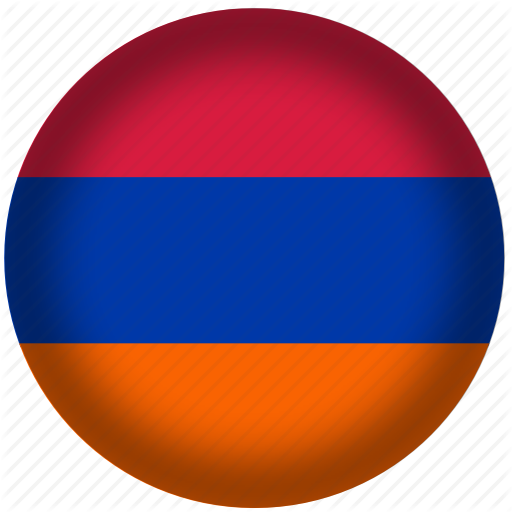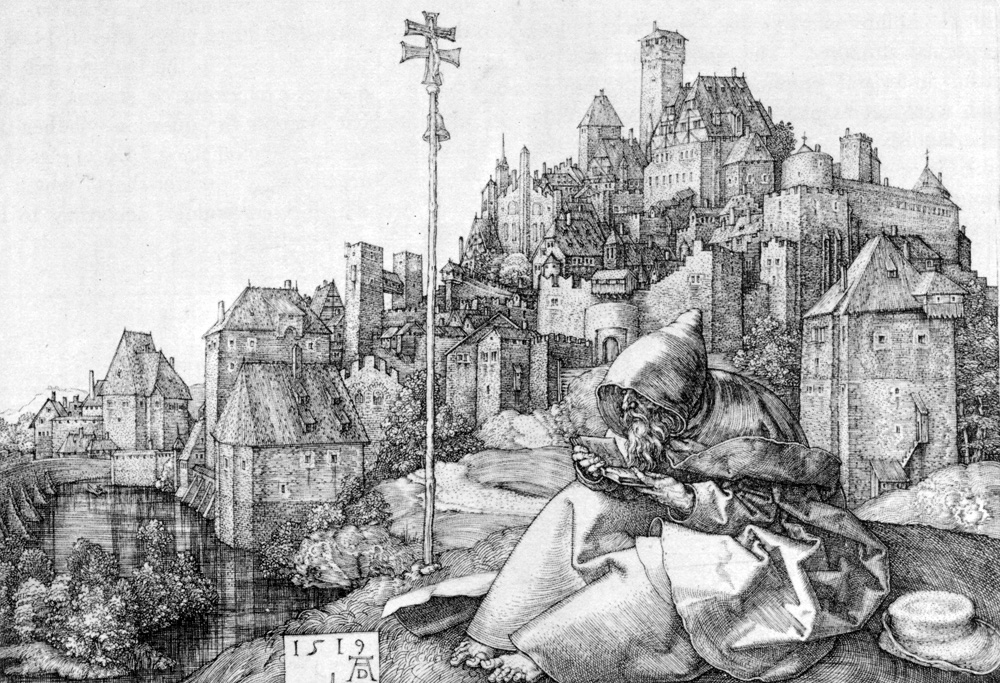DOI: հttps://doi.org/10.34680/urbis-2025-5(1)-115-130
Digital forms of representation of symbolic codes of Chelyabinsk
Natalia Shlemova
South Ural State University (National Research University), Chelyabinsk, Russia
ORCID: 0000-0003-1796-6533
ABSTRACT
The article, based on a study of urban narratives of “genius loci,” identifies the symbolic codes of the city, the generation and transmission of which emphasize its uniqueness and contribute to the strengthening of the city's identity. The author's special attention is focused on considering the possibilities of new media and digital technologies in representing the symbolic (cultural) codes of the city, as expressed in the narratives of regional artists. The article describes the experience of creating digital projects in which, with the help of audiovisual means, an aestheticized reality is constructed that actualizes the idea of the value of the place, the potential of relevant multimedia genres and documentary portraits in forming the image of the “city in faces”, in emphasizing the status of Chelyabinsk as a city where art lives. The article presents a project related to the creation of original urban routes that demonstrate the city as perceived and imagined by creative people (urban imaginary). The author substantiates the importance of digital design in the practice of urban research and territory branding, and proposes a concept of a digital city guide, which develops the ideas of the projects described in the article. The author demonstrates the effectiveness of digital storytelling, soundscape, immersion techniques, and gamification in creating a unique travel format that immerses the hero, a creative person who embodies the original vision and emotional connection to the place, within the city's atmosphere. The research is based on the semiotic approach to the study of urban texts, developed in the works of R. Barth and Yu. Lotman and Toporov, as well as the methodology of mental mapping by K. Lynch, which enables us to identify the figurative characteristics of the city, and the methods of digital humanities. The material that reveals the cultural codes of the city is a result of interviews with regional artists, organized as part of the project work and associated with the compilation of mental maps of the city, as well as works of art designated by the interviewees as significant for understanding their ideas about the city. The author notes that digital projects related to the popularization of regional art can serve as an effective tool for representing a city's cultural codes and creating a positive image in its external social and cultural environment.
KEYWORDS: urban narrative, genius loci, image of the city, symbolic codes, digital guide, digital storytelling, immersive projects, urban sound studies, local identity, Chelyabinsk, regional art.
References
Abashev, V. V., & Firsova, A. V. (2015). Strolling and guided tour in the context of other bodily and discourse practices of urban space exploration. International Journal of Cultural Research, 4(21), 108–114. (In Russian).
Boehme, G. (2018). Atmosphere as the fundamental concept of a new aesthetics (S. Onasenko, Trans.). Metamodern. http://metamodernizm.ru/atmosphere-and-a-new-aesthetics/ (In Russian).
Bylina, E. (2020). Sonic Fiction. In search of possible sound worlds. New Literary Review, 134, 3–12. (In Russian).
Dimitriadi, E. M., & Sapanzha, O. S. (2021). Visual urbanism: definition of the concept, problems. Culture and Arts Herald, 2, 84–91. (In Russian).
Fedotova, N. G. (2020). Symbolic codes of urban identity (on the example of Russian and American cities). Memoirs of NovSU, 8(33). https://doi.org/10.34680/2411-7951.2020.8(33).18 (In Russian).
Guzhova, I. V. (2014). Town cultural code visualization in image communication with new media technologies helps (semiotic approach). Historical, Philosophical, Political and Legal Sciences, Cultural Studies and Art Criticism. Theory and Practice Issues, 2(40), 45–49. (In Russian).
Ivanova, I. V. (2015). Geo-poetics of the modern domestic literature: experiences of artistic adoption of an urban space. Philology. Theory & Practice, 8(2), 80–85. (In Russian).
Mayorova, K. S. (2017). Urban sound studies: new horizons for studying the urban. Urban Studies and Practices, 2(4), 11–19. (In Russian).
Nikiforova, A. A., & Voronova, N. I. (2023). Immersive practices in the modern cultural space (world and domestic experience). Philosophy and Culture, 5, 60–73. (In Russian).
Shirokova, O. V. (2024). Visual representation of the historical city in digital media. Urbis et Orbis. Microhistory and Semiotics of the City, 4(1), 39–50. (In Russian).
Speshilova, E. I. (2024). Comprehending the city: from perception to imagination. ΠΡΑΞΗΜΑ (Praxema). Journal of Visual Semiotics, 2(40), 103–119. (In Russian).
Speshilova, E. I. (2023). The imaginary in urban studies. ΠΡΑΞΗΜΑ (Praxema). Journal of Visual Semiotics, 4(38), 59–78. (In Russian).
For citation:
Shlemova, N. N. (2025). Digital representations of symbolic codes from Chelyabinsk. Urbis et Orbis. Microhistory and Semiotics of the City, 5(1), 115–130. հttps://doi.org/10.34680/urbis-2025-5(1)-115-130






